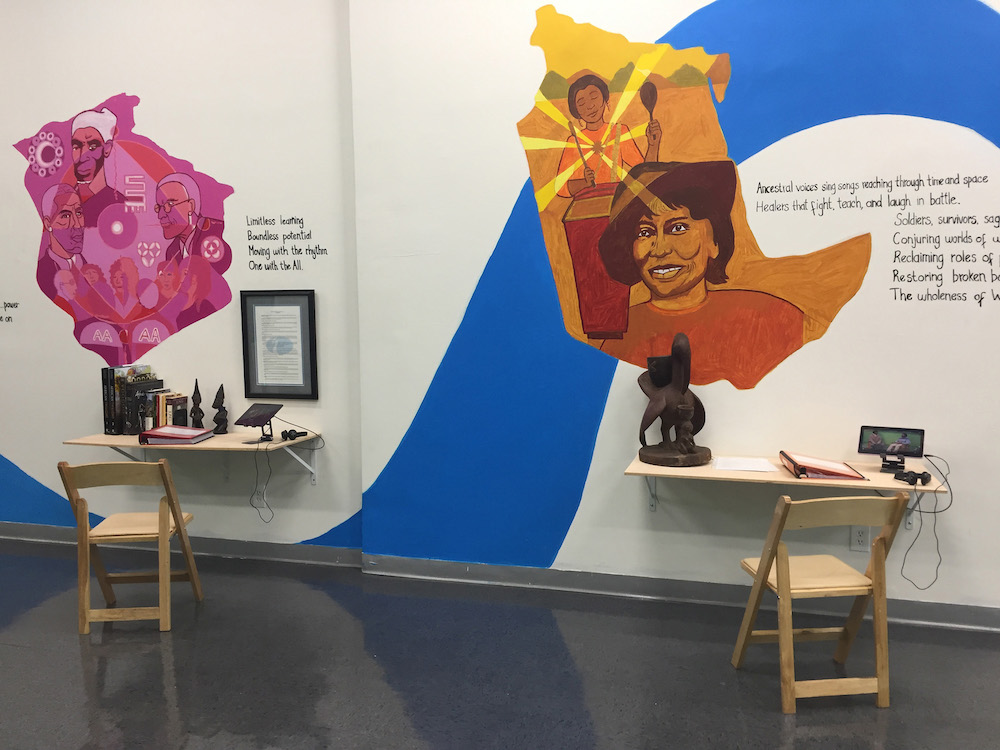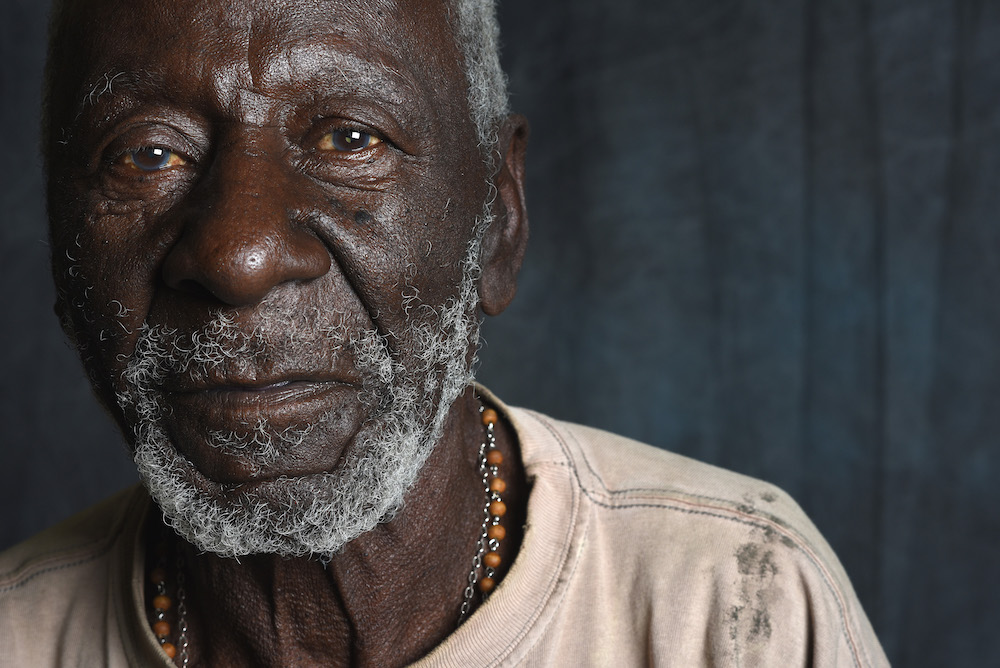The Skid Row History Museum and Archive (SRHMA), founded by artist John Malpede and directed by Henriëtte Brouwers, is located at 250 South Broadway. It is a unique community art center, as well as a museum and archive for the historical displacement of people in Los Angeles due to immense income inequality. A critical part of the downtown arts ecology, SRHMA is a project of Malpede’s Los Angeles Poverty Department (LAPD), the first performance group in the nation made up principally of homeless people, and the first arts program of any kind for homeless people in Los Angeles. The publicly available archive speaks to the importance of place-keeping in a downtown community overlooked for decades. SRHMA affirms this through the art, activism and organizing of more than 1000 artists and creatives who have worked with LAPD for 35 years.
The SRHMA can be traced back t0 2008 when The Box gallery hosted an exhibition and series of performances and talks by LAPD, then provided them the resources to make and develop new work, which included an installation of 60 prison bunk beds for their 2010 project “State of Incarceration. Evolving from project-to-project work to a more expansive practice that required a physical space in 2015 with the founding of SRHMA.
Two major exhibitions of 2023 exemplify SRHMA’s goals to focus on a constellation of interrelated issues of continuing importance to Skid Row. These include gentrification and community displacement, drug recovery, the war on drugs and drug policy reform, the status of women and children in Skid Row, mass incarceration and the criminalization of poverty.

David Blumenkrantz, Mary Ellen and DeShaun, 2019.
“Cosmology and Community: Networks of Liberation,” the first of SRHMA’s “Community Curators” series, introduced Charles Porter, project coordinator for United Coalition East Prevention Project, who has been working in the Skid Row Community since 1999. He collaborated with visual artists Dimitri Kadiev, Joshua Grace and Ellie Sanchez, each of whom responded to Porter’s language. Porter’s original poetry was written on the gallery walls and mixed with murals painted by the three artists. The poetry referenced his family history and origins in a historical free Black community in New Jersey, as cultural learnings on Skid Row. Throughout the gallery were participatory stations that had video, audio and a notebook containing both historical and contemporary documents.
A four-person exhibition, “Enough is (never) Enough; Hard Truths and the People Who Live Them,” featured photographs and texts from the “One of Us” series by artist and educator David Blumenkrantz. He included works by four photographers who have experience with homelessness: Bobby Buck, Cleta Felix-West, Lelund Hollins and Ian Storm. The exhibition, viewed by the artists, is an expression of growing frustration with the slow pace of reform and change that leaves the well-being of thousands of Angelenos in a state of limbo and generates an alarming death toll. The latest homeless count reveals a 10% increase in homelessness in LA this year alone. According to Brouwers of SRHMA, “The situation for the homeless is worse than ever now.” This is due to city neglect, lack of political agency and the terrible effects of fentanyl flooding the drug market.
In 2021, LAPD again joined forces with The Box in the “Compassion & Self-Deception Project.” It dared to imagine a downtown that attracts people who value the wisdom and compassionate practice exemplified by Skid Row residents and workers. Next time you are at Hauser & Wirth, The Broad or MOCA, remember that SRHMA is just a stone’s throw away; go pay a visit.

“
Cosmology and Community: Networks of Liberation,” installation view.











Excellent article and content that most of all humanizes those who are too often shunned and dehumanized. They are our brothers and sisters, mothers and fathers, sons and daughters.